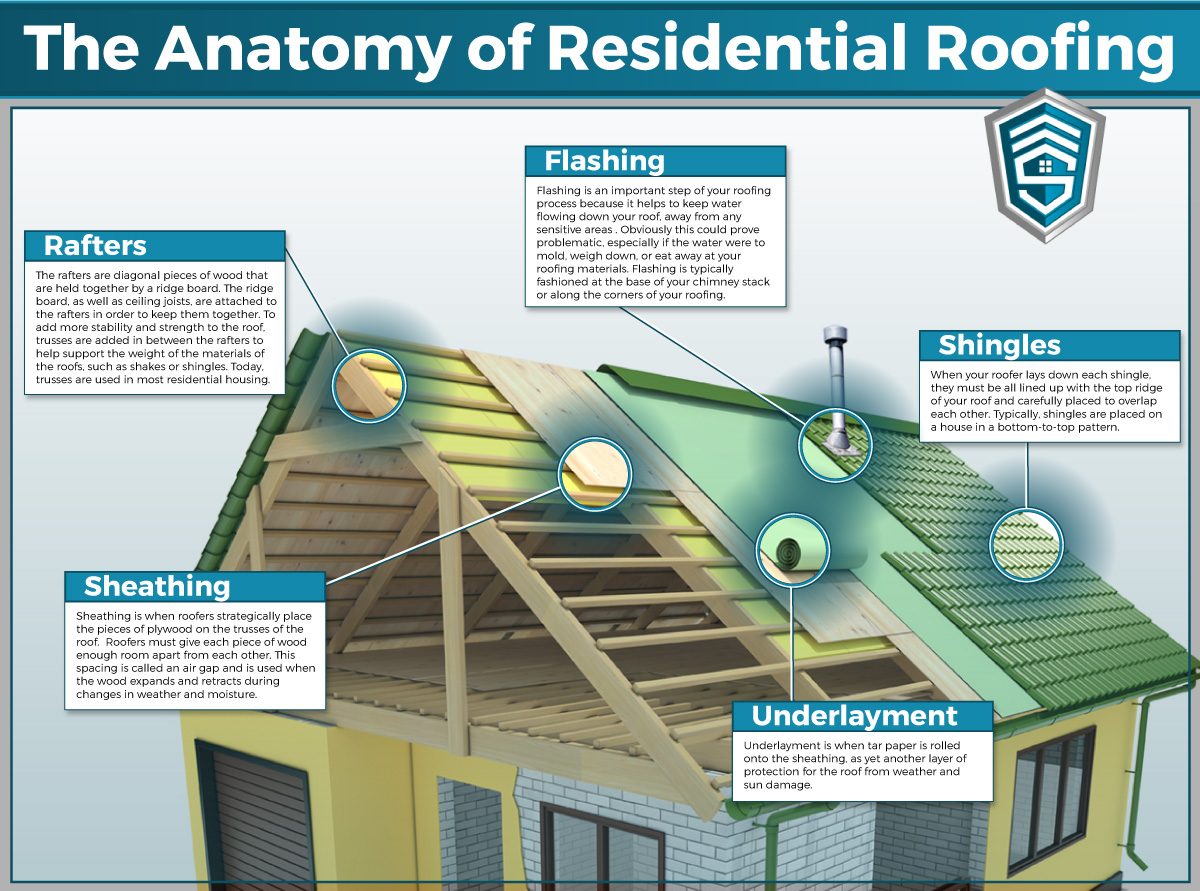Learn Just How Different Weather Circumstances Can Influence Your Roof Installation, Aiding You Attain A Work Well Done
Learn Just How Different Weather Circumstances Can Influence Your Roof Installation, Aiding You Attain A Work Well Done
Blog Article
Composed By-Jantzen Timm
When it concerns roofing installations, the weather condition can make or damage the work. Envision the aggravation of taking care of materials that won't coordinate because of extreme warm or fighting slippery surfaces triggered by unanticipated rain. Comprehending the impact of weather conditions on your roofing project is vital for an effective outcome. So, let's discover how various climate elements can influence the high quality and durability of your roofing installation, guaranteeing a task well done.
Impact of Temperature Level on Roof Installment
When it involves roof covering installment, temperature plays an essential role at the same time. The ideal temperature for roof covering projects usually drops in between 45 and 85 degrees Fahrenheit. Severe warmth can create products like roof shingles to end up being as well flexible, bring about possible damages throughout setup. On the other hand, cool temperature levels can make materials fragile and prone to breaking. It is essential to arrange roof covering installations during moderate temperature levels to ensure the very best outcome.
Throughout colder weather, professionals may require to take added precautions such as using warmed devices or permitting products to heat up before setup.
In contrast, hot weather may need job to be done earlier or later on in the day to avoid the peak temperature levels. By taking into consideration the temperature and its impacts on roof products, you can aid guarantee an effective installment that will endure the aspects for several years to come.
Impact of Rainfall on Roof Projects
Roof jobs can be substantially impacted by rainfall, impacting both the timeline and the quality of the installment. Rainfall or snow can develop unsafe problems, making it risky for roofing professionals to deal with a damp surface area. Furthermore, https://cashjexsl.tusblogos.com/29894674/identifying-when-roofing-system-fixing-is-needed-warning-signs-you-need-to-never-ever-disregard can jeopardize the adhesion of materials like tiles or underlayment, bring about prospective leaks or damages in the future.
If it rains throughout a roofing project, the water can permeate into prone areas, triggering delays as the installment crew have to wait on the roof covering to completely dry prior to continuing. Too much wetness can additionally promote the development of mold and mildew and mold, further jeopardizing the stability of the roofing.
To avoid these problems, it's advised to set up roofing jobs throughout drier seasons or monitor the weather prediction closely to prepare around any potential rainstorms. By taking precautions to work in favorable weather conditions, you can guarantee a smoother and extra effective roof installation process.
Impact of Wind Rate on Setup Success
During roof covering setup, the rate of the wind plays a crucial role in determining the success of the job. source web page can present substantial obstacles to contractors, possibly bring about safety threats and quality issues. When wind speeds exceed recommended restrictions, it becomes difficult to handle products, boosting the danger of crashes and damages to the roof materials. Solid gusts can additionally impact the accuracy of measurements and the accuracy needed for proper installment.
To ensure a successful roofing setup, it's necessary to keep track of and consider wind rates. Ideally, roof covering setup should happen on days with low to moderate wind rates. This not just improves the safety of the employees but likewise boosts the overall high quality of the setup.
Roofing tasks scheduled during calm weather conditions are more likely to be completed effectively and with less errors. By paying attention to wind rate forecasts and planning appropriately, you can help ensure a smooth and effective roof installment procedure.
Conclusion
So, when it comes to roof covering installation, remember to consider the weather conditions to make sure an effective task. Ideal temperatures, completely dry problems, and moderate wind rates are key factors to focus on for a smooth setup process. By arranging your task during the very best periods and suitable weather conditions, you can accomplish a long lasting and durable roof that will certainly shield your home for years ahead.
